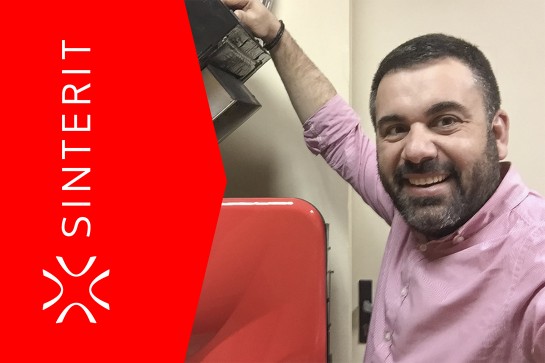
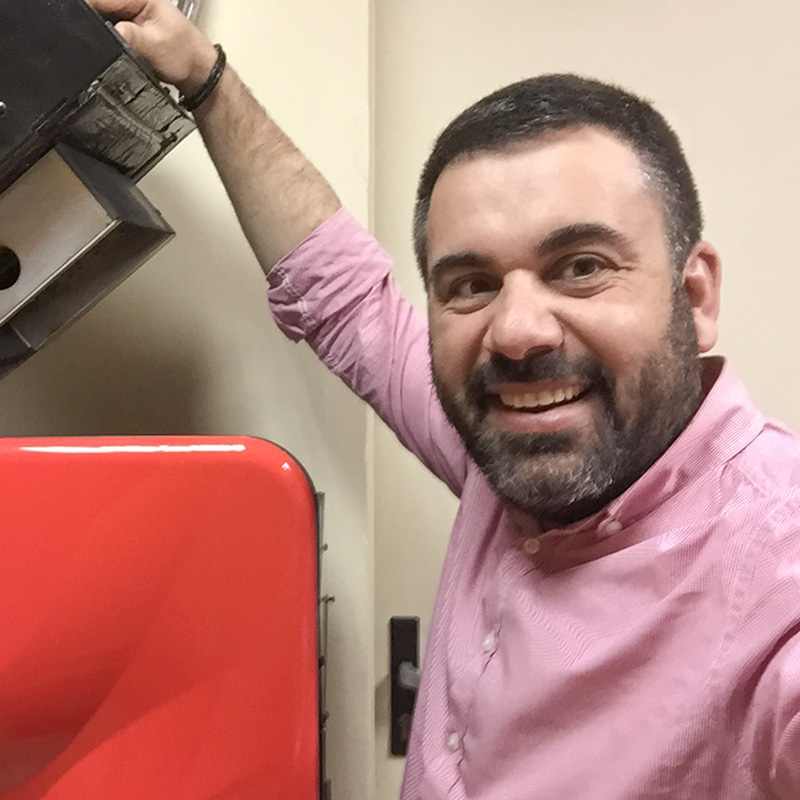 Since its launch on the market, the Sinterit Lisa printer has been a revolution. It is the first affordable SLS printer in desktop format. Its high quality, ease of use, low price and compact size have made it a niche in sectors where until recently it was considered unfeasible to introduce this technology.
Since its launch on the market, the Sinterit Lisa printer has been a revolution. It is the first affordable SLS printer in desktop format. Its high quality, ease of use, low price and compact size have made it a niche in sectors where until recently it was considered unfeasible to introduce this technology.
One of these sectors is the service bureau, businesses that provide services to other companies and that can be both design, engineering or consulting. One of the peculiarities of this type of business is that they are generally located in offices. This is why traditionally it was impossible to implement 3D SLS printing equipment in this type of company, as it did not have the necessary space or other requirements such as gas installations or high-power electrical supplies.
This has caused that many businesses such as design studios, engineering consultancies or small prototyping companies have historically had to resort to outsourcing this technology, with the costs that it entails.
One of these examples are small prototyping companies, generally limited to the use of FDM or SLA. We have interviewed the technical director of one of them and he has told us about his experience adding SLS technology to his service portfolio by acquiring a SLS Sinterit Lisa 3D printer.
F2P: Good morning Eloy. Could you tell us a bit about your professional background and your experience in the world of 3D printing and prototyping?
E.B.: For 11 years I have been the Technical Director of Eceleni, a company dedicated to the manufacture of prototypes and short series, but my origins come from industrial design, both in product and in mold design. The first time I saw a stereolithography was more than 20 years ago, when I was working as a designer in a mold workshop. The truth is that the client who brought it did not leave us or touch it. Back then nobody talked about 3D printing, just stereolithography.
F2P: At Eceleni you work both subtractive manufacturing (CNC machining) and additive manufacturing (3D printing) and formative (fast silicone molds). What do you think 3D printing can provide over other technologies?
E.B.: In most cases, 3D printing makes it possible to manufacture geometries that could not otherwise be manufactured (for example Lattices or Voronoi) and immediacy when manufacturing short series or prototypes. Although it is true that in relatively large pieces, both the term and the cost are better for machining, and depending on the quantity, training techniques are still the best option.
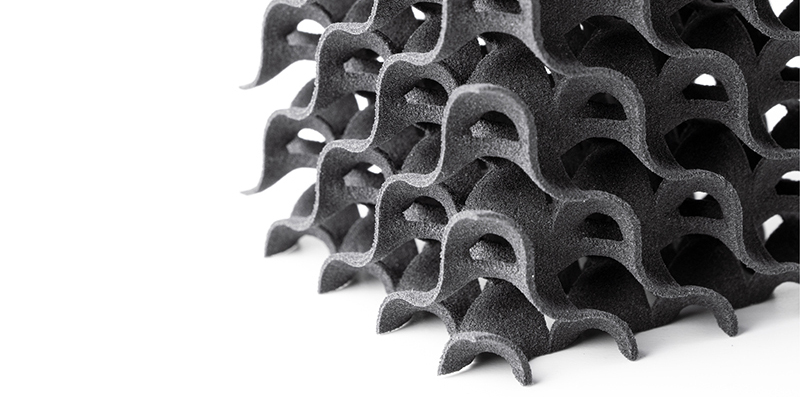
Image 1: Lattice printed with Sinterit Lisa
F2P: Currently you offer 3D printing through Polyjet, FDM and SLS, what does the latter give you compared to the other two?
E.B.: SLS technology has a better surface finish than FDM technology and superior mechanical resistance than PolyJet. For example, the elastomers manufactured by SLS have a superior resistance to breakage than Polyjet's flexible resins.
F2P: Among your equipment you have the Sinterit Lisa 3D SLS printer, could you tell us why you have chosen this SLS 3D printer and not another model that is available on the market?
E.B.: Compared to other options in SLS, it is the best value for money. If instead of being an additive manufacturing service bureau, it were for our own use, we would also have one.
F2P: Sinterit Lisa stands out for being the first SLS 3D printer in desktop format, has this influenced your decision to purchase it? Has this format been of any advantage to you compared to classic industrial formats?
E.B.: Although it does not have the largest bucket on the market, that for many manufactures is a point in favor, since the minimum amount of material is wasted, and the cooling time is much shorter than large machines, so the piece in a shorter time. Depending on the type of part to be manufactured in SLS, we manufacture them without hesitation in the Lisa.
F2P: Could you tell us what your first contact with Sinterit Lisa was like? Has the installation been simple or have you had any problems?
E.B.: Sinterit Lisa comes ready to be used. It is a robust machine, and ready to go to manufacture once unpacked.
F2P: Traditionally, 3D SLS printing has been considered a complex technology, both at the user and implementation level, compared to other more common ones such as FDM. After using Sinterit Lisa, do you consider this to be true? Compared to an FDM printer, do you find using Lisa much more complicated?
E.B.: I suppose they are considered more complex because SLS 3D printers have always been large industrial machines, which, not being as visual as FDM, are understood to be more complex, but in the case of the Sinterit Lisa printer, nothing is further from reality. .
F2P: Sinterit Lisa comes with her own slicing software, Sinterit Studio. How has your experience been with this software?
E.B.: Sinterit Studio is very, very, very easy to use. Even more so than FDM slicers, as you don't have to consider where to put the brackets.
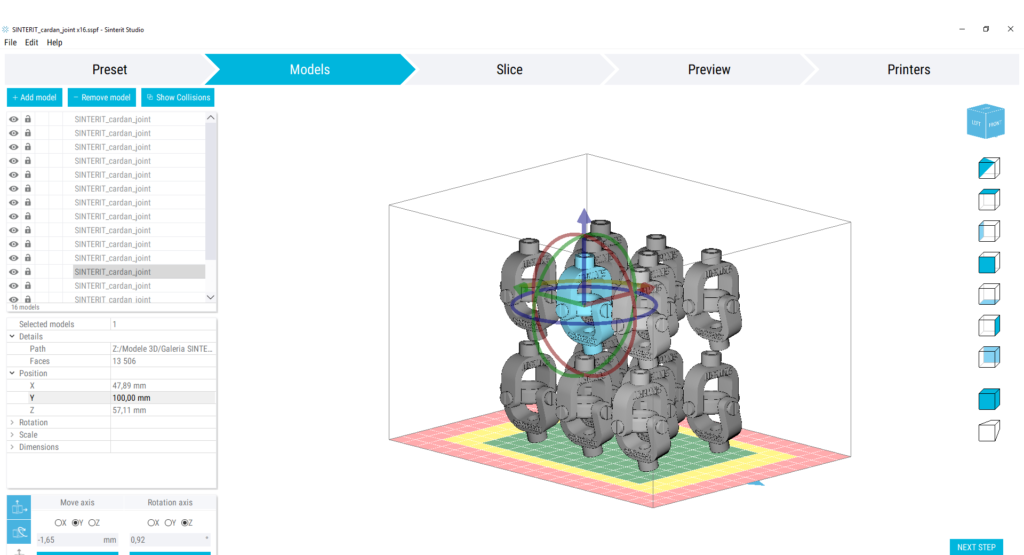
Image 2: Sinterit Studio user interface
F2P: How difficult would you say it is compared to other printers you have worked with?
E.B.: The Sinterit Lisa is a very grateful machine: it does not have complex mechanics and you do not have to worry about the material jamming. The great secret to having good impressions on the Sinterit Lisa is to put the piece in the most irregular position possible, even if it takes a little longer.
F2P: One of the strengths of Sinterit products is their conception as Plug-and-Play equipment. Would you consider this true? Since you received the printer, has it been difficult for you to adopt the workflow and start producing with it?
E.B.: Sure enough, it was plug and play. Being a closed machine, you only have to load the material and print, without further complications. In addition, thanks to the camera installed in the printer, you can verify its operation from the workplace.
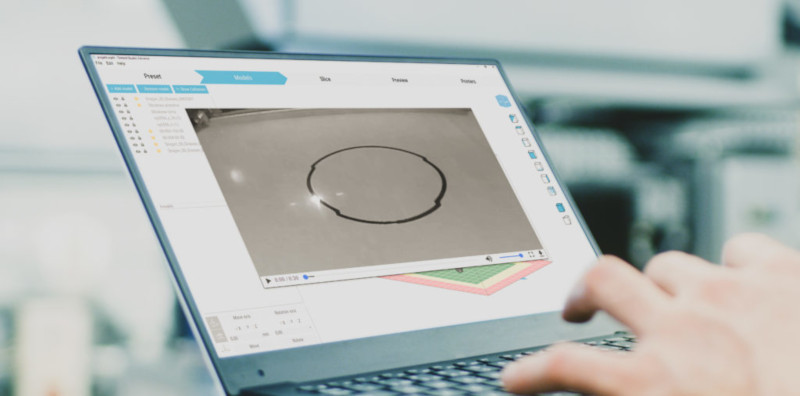
Imagen 3: Supervisión de la impresión a través de la cámara integrada
F2P: After this time with Sinterit Lisa, what would you highlight about her? Do you consider it to have been a successful acquisition?
E.B.: Very successful! We are currently working a lot with the Flexa Gray material, which allows us to make TPU pieces with different hardnesses. It often happens that when a client sees the parts in PA12 in dark gray, she asks if they have been made with the MFJ. It is the same material, and the same color, although with better mechanical properties.
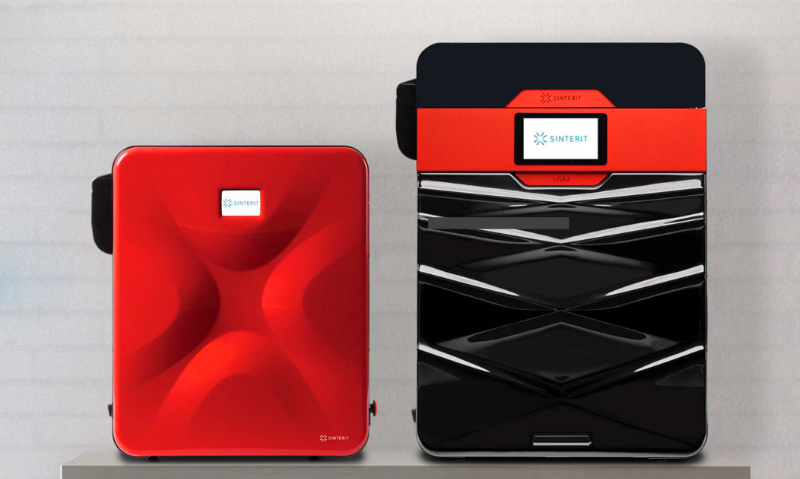
Image 4: Lisa and Lisa Pro 3D SLS Printers
Being able to implement 3D SLS printing equipment in the service bureaus' own facilities can mean a very significant increase in value for this type of business. Leaving the outsourcing of 3D SLS printing services means, in addition to significant cost savings in the short and medium term, time savings that increase responsiveness to the customer.
Without a doubt, both Lisa and Lisa Pro have become a benchmark in the world of 3D printing, which has led more and more offices and service bureaus to opt for this technology with satisfactory results.












